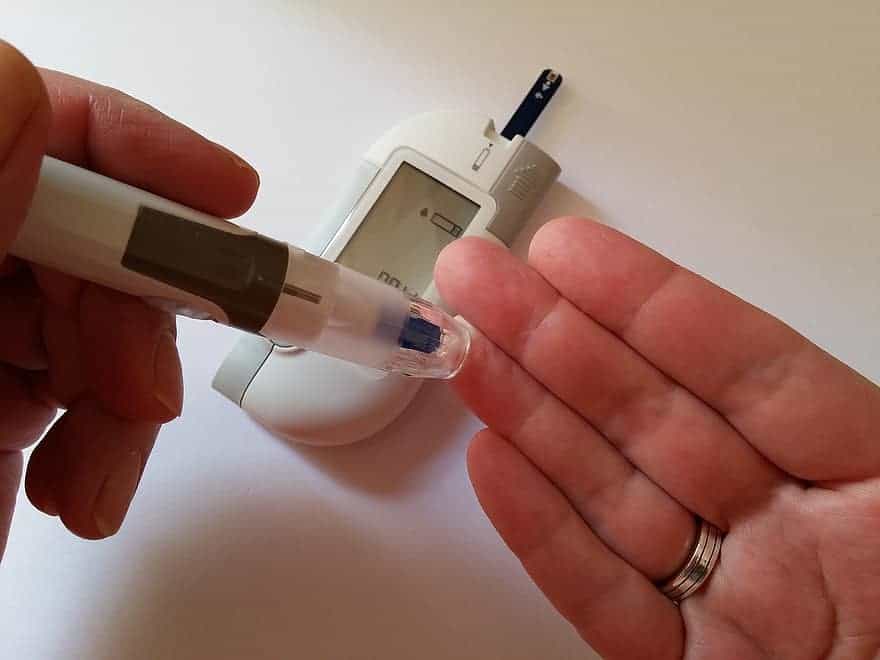What is diabetes?
Diabetes in senior citizens. Diabetes, also called diabetes mellitus, is a disease caused by malfunctioning of the pancreas, which results in increased levels of glucose (sugar) in the blood.
It is a chronic disease that can affect, in the medium and long term, different parts of a senior citizens body, accelerating their aging and seriously affecting their well-being and quality of life. In this article, Nomenial explores the topic..
Types of diabetes
There are two types of diabetes: type 1 and type 2.
The differences between these two types of diabetes mellitus are based on the following aspects:
Type 1 Diabetes
It is the one that appears, generally, in children. Type 1 diabetes occurs suddenly and, in most cases, without a family history
Type 2 Diabetes
It is the same as that of older people, since it arises in adulthood, being, in them, ten times more frequent than type 1 diabetes.
Type 2 diabetes occurs because the organism does not produce or manage the insulin it possesses well, so there is a double problem: on the one hand, there is less insulin in the pancreas and, on the other hand, this insulin works worse in the tissues.
Diabetes in the senior citizen: Causes and risk factors
The causes of diabetes are determined by several risk factors, among which, in addition to age, are
Obesity. The more fatty tissue, the more resistant the cells become to insulin.
Inactivity. Physical activity helps maintain a healthy weight, uses glucose as a source of energy and makes the cells more sensitive to insulin.
Genetics. People with diabetic parents are more likely to suffer from this condition.
High blood pressure. Having a blood pressure above 140/90 mm Hg (millimeters of mercury).
Symptoms of diabetes
The symptoms of diabetes are not complicated to observe and detect when there are no other health problems. However, as we age, we experience certain changes in some characteristics and functions of our body, such as kidney function, perception of thirst or fatigue. Therefore, we may confuse the symptoms of diabetes with those related to other health problems. To know them exactly, these are the symptoms of diabetes:
Feeling of thirst. In the case of diabetes insipidus, this sensation is very high.
A continuous feeling of hunger.
Increased need to urinate continuously, even at night (polyuria).
Loss of weight, even when eating large amounts.
Feeling permanently tired.
Vision problems, blurred vision.
Tingling or numbness in the upper and lower extremities (hands and feet)
Wounds or bruises heal very slowly
Frequent fungal skin infections.
Signs of complications
Occasionally, problems may arise from diabetes that, because of their seriousness, require immediate attention:
High blood sugar (hyperglycemia). The level of sugar in the blood can increase for very different reasons, from the diet to the lack of necessary medicines to diminish the high values of sugar. The symptoms of this problem are frequent urination, increased thirst, dry mouth, blurred vision, tiredness and nausea.
Increased ketones in the urine When the cells need energy, the body can begin to break down fat. This causes toxic acids called ketones, which leads to lack of appetite, weakness, vomiting, fever, stomach pain and bad breath (gives off the smell of acetone). This condition is more common in people with type 1 diabetes.
Hyperglycemic syndrome. This is a life-threatening health problem. The values of sugar in the blood rise to more than 600 mg/dL and the blood becomes thick, causing extreme thirst, fever, drowsiness, disorientation, loss of vision and hallucinations. This condition is usually more common in people with type 2 diabetes.
Low blood sugar (hypoglycemia) Those patients who take insulin, can suffer an excessive drop of it, which can cause different manifestations such as tremors, sweating, dizziness, headache, blurred vision, heart palpitations, speech difficulties, disorientation, fainting and seizures. To control and revert this situation immediately, senior citizens should ingest foods of quick absorption, such as sweets, honey, glucose tablets or sweetened soft drinks.
Diagnosis of diabetes
Doctors use various blood tests to detect the existence of this disease in our family member. It is possible to diagnose diabetes through any of the following tests:
Random blood sugar test. It is possible to carry out this test at any time of day. A random blood sugar level of 200 mg/dL (milligrams per deciliter) or more suggests diabetes.
Fasting blood sugar test. It is given after the patient has not eaten any food for at least 8 hours. If values are above 126 mg/dL it indicates diabetes.
Oral glucose tolerance test. For it, senior citizens must perform several tests, one after a fasting and another later, two hours after ingesting a sugary drink. A value higher than 200 mg/dL means that you suffer from diabetes.
Most probably, the doctor, in order to formulate the definitive diagnosis, will order the test to be performed twice.
Treatment of diabetes
If the blood tests determine that the senior citizen has diabetes, he will design a specific treatment to control his sugar level and the possible complications that can result from it.
The treatment of diabetes in senior citizens will be based on three pillars: medication, healthy living and medical control. Thus, our family member should:
Keep a record of glucose concentrations. The plan will determine how often the glucose concentration should be checked (for which he can use technological tools such as a bracelet that measures the sugar level).
Stay active. Stable physical activity such as routine walking helps a senior citizen regulate blood glucose levels.
Take the prescribed medication rigorously. To do this, it is essential that our family member has permanent care that controls him/her and provides the medication set by the doctor.
To maintain a healthy diet. The following should be taken into account:
Diabetes in senior citizens: diet
When a senior citizen suffer from diabetes, diet is a fundamental part of the comprehensive and effective control of this disease. We know that changing the ingrained dietary habits of a senior citizen is not an easy challenge, so their carers will have to rely on both the preparation of appetising dishes and emotional factors.
This is what we must keep in mind about the types of food our family member may eat:
Carbohydrates
We must divide these into two groups: simple and complex.
The former cause a rapid increase in blood sugar, because once they are in the intestine, they pass quickly into the bloodstream. Examples of these are milk, honey, jam, soft drinks, chocolate, fruit in syrup or sweet wines.
We have to be especially careful with the consumption of these types of sugars by a senior citizen because with them we can cause a sudden increase in blood sugar.
Unlike simple ones, complex carbohydrates, when they reach the intestine, before passing into the blood, are first transformed into simple carbohydrates, which avoids a sudden increase in blood glucose. Examples of such foods are rice, bread, pasta, potatoes, pulses and cereals. These foods should be provided in moderate amounts and spread throughout the day.
Fibre
If fibre is highly recommended for people without any ailment, for the diabetic patient it provides an extra benefit, since by slowing down the passage of food through the digestive tract, it reduces the absorption of carbohydrates and fats.
Fats
Consumption of this type of food should be limited. The recommended fats are polyunsaturated and monounsaturated fats, which are found in foods such as olive oil, fish such as salmon, mackerel or tuna, and nuts.
Caloric content
The amount of daily calories ingested by a senior citizen should depend on their energy expenditure.
In patients with type 2 diabetes, daily energy intake should be between 1200 and 1400 calories.
Diabetes in a senior citizen: Meal distribution
It is especially important for the diabetic patient to have between 4 and 5 meals a day: breakfast, lunch, afternoon snack and dinner. The patient should take meals at the same time of day, as maintaining a regular schedule contributes to improving blood glucose control and avoids dangerous fluctuations.







